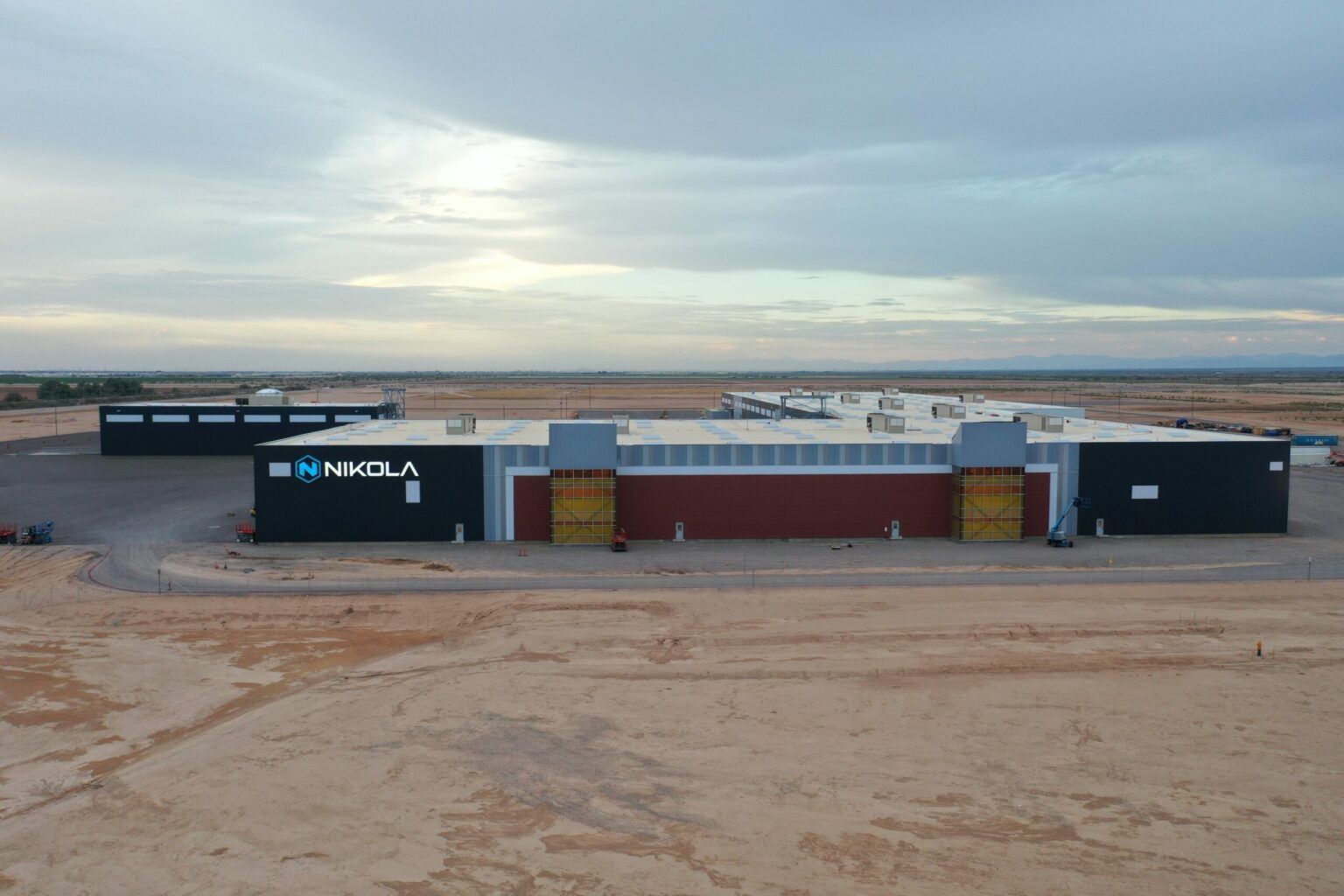Lucid Motors has purchased the Arizona production facilities and assets of bankrupt hydrogen and electric truck maker Nikola Motor.
The transaction, valued at approximately €26.4 million plus additional non-cash consideration, provides Lucid with more than 884,000 square meters of manufacturing, warehousing, and testing infrastructure.
The deal, completed through a bankruptcy auction, includes Nikola’s former headquarters, development center, and production plant, all located just 25 minutes from Lucid’s existing Casa Grande factory in Arizona. For Lucid, whose current product line features the luxury Lucid Air sedan and the soon-to-launch Gravity SUV, this acquisition offers a pragmatic, cost-effective alternative to greenfield expansion at a time when capital markets remain cautious toward automotive startups.
As Marc Winterhoff, Lucid’s Interim CEO, noted in the company’s announcement, the newly acquired facilities will be pivotal as Lucid ramps up Gravity production and accelerates development of its next-generation, mid-size EV platform — aimed at addressing the high-volume, mid-market segment where price competitiveness will be decisive.
Notably, the Nikola facility includes not only modern production halls and warehouse space, but also specialized development infrastructure such as environmental and battery test chambers, chassis dynos, and machining equipment — assets that typically command significant capital expenditure in automotive manufacturing.
Workforce Integration
Beyond physical infrastructure, Lucid also plans to absorb more than 300 former Nikola employees into its operations. These hires — spanning manufacturing engineering, assembly, vehicle testing, software, and logistics — bring valuable hydrogen and electric drivetrain experience at a time when the industry-wide demand for skilled EV talent continues to outpace supply.
The transaction also reflects a broader trend of consolidation and asset reallocation within the US clean mobility sector. Nikola, which filed for bankruptcy earlier this year following prolonged operational and financial difficulties, saw its assets become available at a fraction of their original value — an increasingly common outcome in a sector where capital-intensive business models face mounting pressure from cautious investors, supply chain volatility, and uncertain demand dynamics.
Stay updated on the latest in energy! Follow us on LinkedIn, Facebook, and X for real-time news and insights. Don’t miss out on exclusive interviews and webinars—subscribe to our YouTube channel today! Join our community and be part of the conversation shaping the future of energy.
